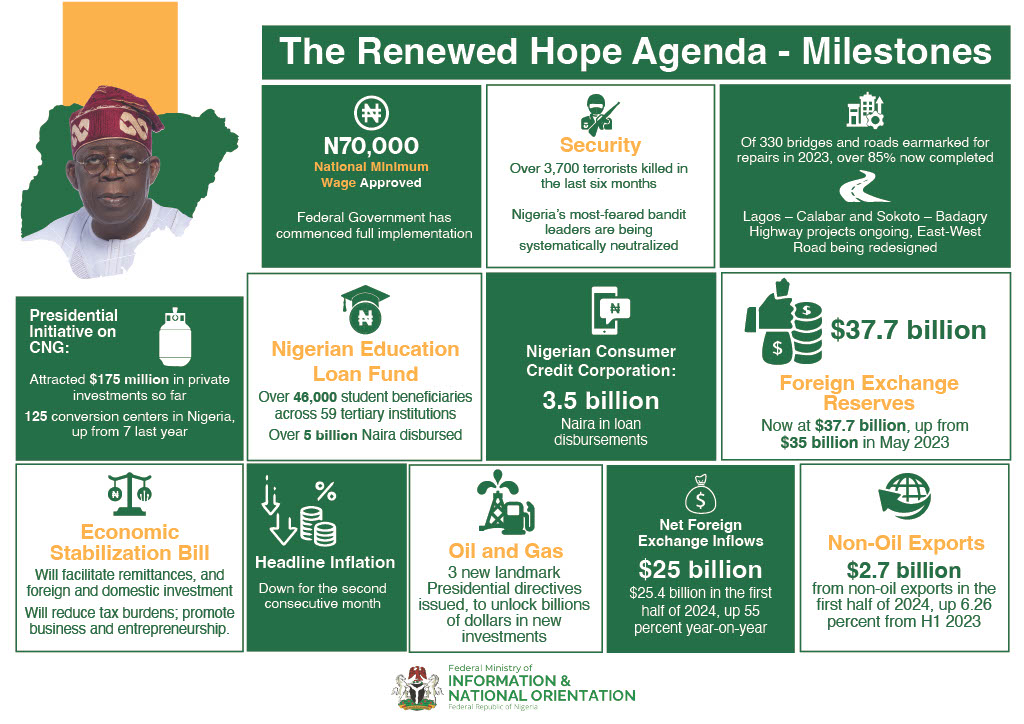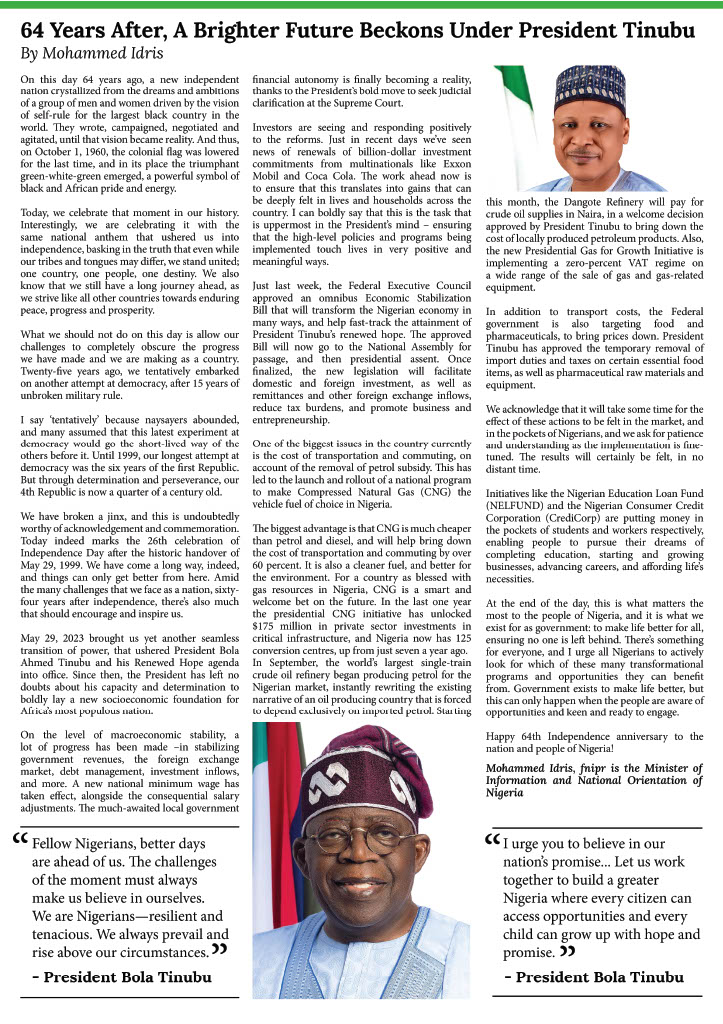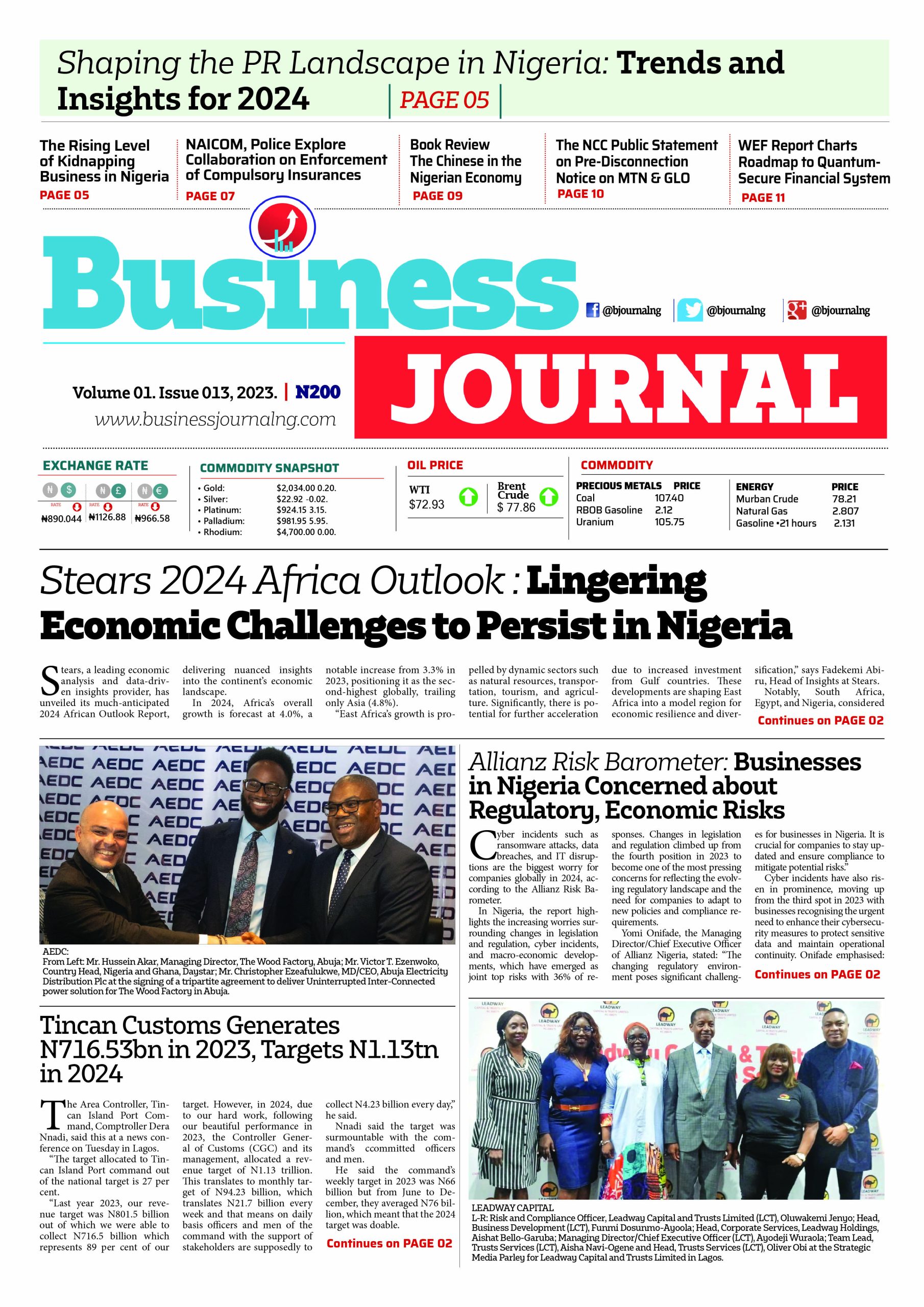The Emirates Group yesterday announced its 30th consecutive year of profit and steady business expansion.
The Emirates Group posted a profit of AED 4.1 billion (US$ 1.1 billion) for the financial year ended 31 March 2018, up 67% from last year. The Group’s revenue reached AED 102.4 billion (US$ 27.9.billion), an increase of 8% over last year’s results, and the Group’s cash balance increased by 33% to AED 25.4 billion (US$ 6.9 billion) supported by the bond issued in March and strong sales due to the early Easter holidays at the end of March.
In line with the overall profit, the Group declared a dividend of AED 2.0 billion (US$ 545 million) to the Investment Corporation of Dubai.
His Highness (H.H.) Sheikh Ahmed bin Saeed Al Maktoum, Chairman and Chief Executive, Emirates Airline and Group, said: “Business conditions in 2017-18, while improved, remained tough. We saw ongoing political instability, currency volatility and devaluations in Africa, rising oil prices which drove our costs up, and downward pressure on margins from relentless competition. On the positive side, we benefitted from a healthy recovery in the global air cargo industry, as well as the relative strengthening of key currencies against the US dollar.
“We’ve always responded to the challenges of each business cycle with agility, while never losing sight of the future, and this year was no exception. In 2017-18, Emirates and dnata delivered our 30th consecutive year of profit, recorded growth across the business, and continued to invest in initiatives and infrastructure that will secure our future success.”
In 2017-18, the Group collectively invested AED 9.0 billion (US$ 2.5 billion) in new aircraft and equipment, the acquisition of companies, modern facilities, the latest technologies, and staff initiatives.
Emirates announced two significant commitments for new aircraft during the year: a US$ 15.1 billion agreement for 40 Boeing 787-10 Dreamliners which will be delivered from 2022, and a US$ 16 billion agreement for 36 additional A380 aircraft, including 16 options.
dnata’s key investments during the year included: acquisition of AirLogistix USA, marking its entry in the US cargo market; expansion of cargo handling capabilities with new warehouses and equipment at London Gatwick, Amsterdam-Schiphol, and Adelaide; new catering facilities in Dublin and Melbourne; and new marhaba lounges in Karachi and Melbourne.
Sheikh Ahmed said: “While expanding our business and growing revenues, we also tightened our cost discipline. Across the Group, we progressed various initiatives to rebuild and streamline our back office operations with new technology, systems and processes. In 2017-18, our reduced recruitment activity, coupled with restructured ways of working gave us gains in productivity, and a slowdown in manpower cost increases.”
Across its more than 80 subsidiaries, the Group’s total workforce declined by 2% to 103,363, representing over 160 different nationalities, as part of the overall productivity improvement initiatives in Emirates and dnata.
Sheikh Ahmed concluded: “Looking ahead, Emirates and dnata remain focussed on delivering safe, efficient and high quality services consistently to our customers. Our ongoing investments in our people, technology, and infrastructure will help us maintain our competitive edge, and ensure that we are ready to meet the opportunities and stay on course for sustainable and profitable growth.”
Emirates Performance
Emirates’ total passenger and cargo capacity crossed the 61 billion mark, to 61.4 billion ATKMs at the end of 2017-18, cementing its position as the world’s largest international carrier. The airline moderately increased capacity during the year over 2016-17 by 2%, with a focus on yield improvement.
Emirates received 17 new aircraft, after last year’s record number during a financial year, comprising of eight A380s and nine Boeing 777-300ERs. At the same time, eight older aircraft were phased out, bringing its total fleet count to 268 at the end of March. This fleet roll-over involving 25 aircraft was again one of the largest managed in a year, keeping Emirates’ average fleet age at a youthful 5.7 years.
It underscores Emirates’ strategy to operate a young and modern fleet which is better for the environment, better for operations, and better for customers. The airline remains the world’s largest operator of the Boeing 777 and A380 – both aircraft being amongst the most modern and efficient wide-bodied jets in the sky today.
During the year, Emirates launched two new passenger destinations: Phnom Penh (Cambodia) and Zagreb (Croatia). It also added flight capacity to 15 existing destinations, offering customers more choice of flight timings and onward connections.
Emirates also grew its global connectivity and customer proposition through strategic partnerships. During 2017-18, Emirates entered into significant partnerships with flydubai and Cargolux, expanding the choice of air services on offer to passenger and cargo customers respectively.
The airline successfully managed strong competitive pressure across all markets and increased its profit to AED 2.8 billion (US$ 762 million), an increase of 124% over last year’s results, and a profit margin of 3.0%.
Overall passenger traffic growth continues to demonstrate the consumer desire to fly on Emirates’ state-of-the-art aircraft, and via efficient routings through its Dubai hub.
Emirates carried a record 58.5 million passengers (up 4%), and achieved a Passenger Seat Factor of 77.5%. The increase in passenger seat factor compared to last year’s 75.1%, is a result of successful capacity management in response to political uncertainty and strong competition in many markets despite a moderate 2% increase in seat capacity.
Revenue generated from across Emirates’ six regions continues to be well balanced, with no region contributing more than 30% of overall revenues. Europe was the highest revenue contributing region with AED 26.7 billion (US$ 7.3 billion), up 12% from 2016-17. East Asia and Australasia follows closely with AED 25.4 billion (US$ 6.9 billion), up 12%.
The Americas region recorded revenue growth at AED 13.4 billion (US$ 3.7 billion), up 7%. Gulf and Middle East revenue decreased by 2% to AED 8.5 billion (US$ 2.3 billion) whereas revenue for Africa increased by 8% to AED 9.4 billion (US$ 2.6 billion). West Asia and Indian Ocean revenue increased by 5% to AED 7.8 billion (US$ 2.1 billion).
Through the year, Emirates introduced product and service improvements on board and on the ground.
Key highlights include: the launch of fully-enclosed suites in First Class together with refreshed Business Class and Economy Class cabins on the 777-300ER aircraft; new, wider Business Class seats arranged in a 2-2-2 layout on the 777-200LR aircraft; and a refreshed version of the popular Onboard Lounge on the Emirates A380.










